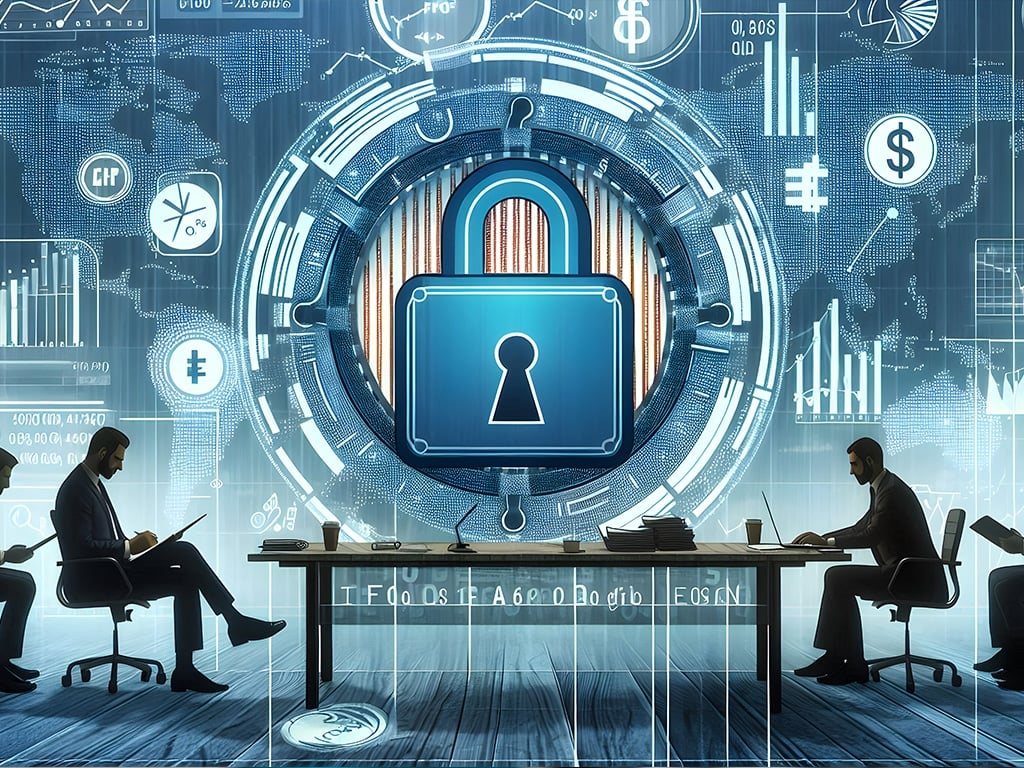Achieving cybersecurity compliance is often seen as a regulatory necessity, primary to avoid hefty fines and legal repercussions. However, the true value of compliance extends far beyond financial penalties. It is about building trust, enhancing security and fostering a culture of resilience and integrity within an organization. Let’s dive into the multifaceted benefits of achieving compliance and why businesses should view it as a strategic advantage rather than a mere obligation.
Build Trust and Credibility
Compliance with cybersecurity regulations signifies to clients, partners, and stakeholders that an organization takes data protection seriously. In an era where data breaches and cyberattacks make headlines regularly, customers today are more concerned than ever about how their data is handled. Demonstrating compliance with data protection regulations, significantly enhancing a company’s reputation. When customers know their sensitive information is safeguarded, their trust in the organization deepens. This trust can boost customer advocacy, retention and loyalty. In fact, research reveals that 84% of consumers are more loyal to companies that have strong security protocols (Salesforce).
In a competitive market, being compliant with industry regulations can set a company apart from its competitors. Clients and partners often prefer to engage with businesses that have a proven track record of compliance and data security. This preference can translate into a competitive advantage, enabling compliant organizations to win contracts and expand their market share. Furthermore, compliance can open doors to new business opportunities, especially in sectors that mandate strict adherence to cybersecurity standards.
Enhance Security Posture
Achieving compliance often requires implementing robust security measures and practices. These measures are not just about meeting minimum standards; they push organizations to adopt best practices in cybersecurity. This proactive approach to security helps in identifying and mitigating risks before they escalate into significant issues. By continuously improving security controls and protocols, organizations can better defend against the evolving landscape of cyber threats.
Foster a Culture of Security
Achieving and maintaining compliance requires the collective effort of the entire organization. It necessitates ongoing training and awareness programs to ensure that employees understand the importance of cybersecurity and their role in maintaining it. This fosters a culture of security within the organization, where cybersecurity becomes a shared responsibility. A security-conscious workforce is better equipped to recognize and respond to potential threats, thereby enhancing the overall security posture of the organization.
Operational Efficiency and Risk Management
Compliance frameworks such as GDPR, HIPAA, and CCPA require detailed documentation, regular audits, and stringent data management practices. While these requirements may seem burdensome, they compel organizations to streamline their processes and improve operational efficiency. Effective compliance programs identify potential vulnerabilities and inefficiencies, allowing organizations to address them proactively. This leads to better risk management and a more resilient operational framework.
Compliance is less expensive than noncompliance
According to IBM’s 2023 Cost of a Data Breach Report, the average cost of breaches increases by nearly $220,000 when non-adherence to regulations is identified as a contributing factor to a cyber incident.
From a financial standpoint, investing in compliance is far more cost-effective than facing the financial repercussions of non-compliance. The costs of non-compliance, such as hefty fines and data breach expenses, are both dreadful and entirely avoidable. By proactively investing in compliance, businesses can safeguard against these penalties and protect their reputation. The question isn’t whether compliance is costly, but whether it’s as costly as the fines and losses incurred from non-compliance. Can your business afford the risk? The answer is clear: compliance is a wise, necessary investment for long-term security and financial health.
Conclusion
Cybersecurity threats are constantly evolving, and regulatory requirements are likely to become more stringent over time. By embracing compliance as a continuous process, organizations can future-proof their business against emerging threats and regulatory changes. Staying ahead of compliance requirements ensures that an organization is always prepared for new challenges, reducing the risk of falling behind and facing penalties or breaches. However, the true value of compliance extends far beyond financial penalties. It is about building trust, enhancing security, and fostering a culture of resilience and integrity within an organization so you can remain competitive. This proactive approach not only safeguards sensitive data but also demonstrates a commitment to excellence, thereby attracting and retaining customers and partners. In an increasingly digital world, such dedication to compliance and security becomes a key differentiator.
Editor’s Note: Depending on the jurisdiction, there may be private rights of action available for individuals who are adversely affected by cyberattacks against regulated organizations. In some jurisdictions, compliance with regulatory requirements may not provide a complete defense against such private claims. If in doubt, it is advisable to seek advice from legal counsel.
About the Author
 Colton Murray is the Security & Compliance Manager Allegiant a Crexendo Company, an industry leading managed service provider of comprehensive cybersecurity compliance solutions. With a career spanning over 4 years in the cybersecurity space, Colton leads a dedicated team focused on implementing robust security protocols and compliance frameworks to safeguard sensitive data and mitigate risks for clients. In his free time, Colton enjoys an active outdoor lifestyle playing golf and working out.
Colton Murray is the Security & Compliance Manager Allegiant a Crexendo Company, an industry leading managed service provider of comprehensive cybersecurity compliance solutions. With a career spanning over 4 years in the cybersecurity space, Colton leads a dedicated team focused on implementing robust security protocols and compliance frameworks to safeguard sensitive data and mitigate risks for clients. In his free time, Colton enjoys an active outdoor lifestyle playing golf and working out.
Colton can be reached at our company website https://allegiantnow.com

